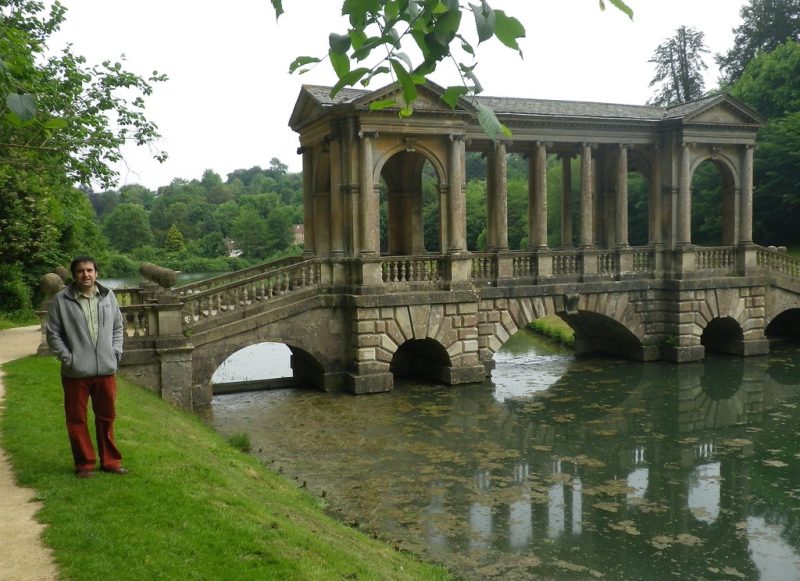When we picture an English country estate during the Regency era, we often think of graceful lawns, meandering lakes, and groves of trees that look like they’ve been there forever. But that serene, ‘natural’ look wasn’t natural at all —it was very deliberately designed. And much of it, we owe to one man: Lancelot ‘Capability’ Brown.
The Pre-Regency Garden: Clipped and Controlled

Before Brown came along, gardens in England were all about structure. Influenced by French and Dutch traditions, these gardens were formal, symmetrical, and impressively tidy. Think precisely trimmed hedges, geometrical flowerbeds, and ornate topiaries. They were beautiful, yes—but also rigid. Their main purpose was to show mastery over nature, with every leaf in its proper place.
But as the Enlightenment took hold and the Romantic movement gained momentum, people began to see nature in a different light—not as something to tame, but something to admire and live alongside.
Capability Brown and the Rise of the Natural Garden

Enter Lancelot Brown—nicknamed ‘Capability’ because he was known for telling landowners their estates had great ‘capability’ for improvement. And improve them he did. Brown’s vision transformed over 170 estates across Britain, replacing stiff symmetry with rolling hills, curving lakes, and tree plantings that looked like nature’s own hand had placed them there.
His gardens weren’t just a setting—they were a statement. They suggested a gentle ease, a refined taste, and a connection to the land that felt romantic, even poetic.
The Regency Garden: Romantic and Refined
By the time of the Regency, Capability Brown’s influence was everywhere. The old formal gardens were out of fashion, and sweeping naturalistic landscapes were all the rage. These new gardens were designed for strolling and quiet reflection, or perhaps a flirtatious walk under the trees.
The picturesque movement added even more charm—suddenly it was fashionable to have a rustic bridge, a half-ruined folly, or a secret grotto tucked away behind the shrubbery. It wasn’t just about looking natural anymore—it was about creating beauty with a touch of drama and storytelling.
A Lasting Legacy
Capability Brown didn’t just change how estates looked—he changed how people thought about green spaces. His influence carried forward into public parks and even city planning. Today, when we enjoy a well-kept park with gently curving paths and groves of trees, we’re still seeing echoes of his ideas.
In Conclusion
The evolution of the English garden during the Regency era was more than a change in style—it was a reflection of shifting values. As society embraced beauty, emotion, and the natural world, so too did its landscapes. And thanks to Capability Brown, the English countryside would never look quite the same again.
References for Further Reading:
- Gardens in the Regency Era
https://chawtonhouse.org/2022/11/gardens-in-the-regency-era/ - Capability Brown: The Man Who Changed English Landscapes Forever
https://www.english-heritage.org.uk/visit/inspire-me/blog/blog-posts/capability-brown-the-man-who-changed-english-landscapes-forever/

Leave a Reply